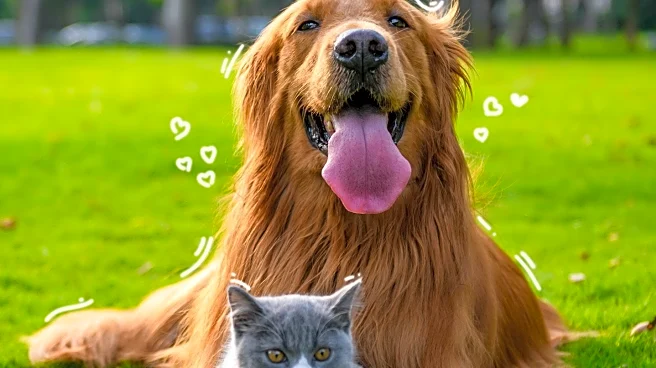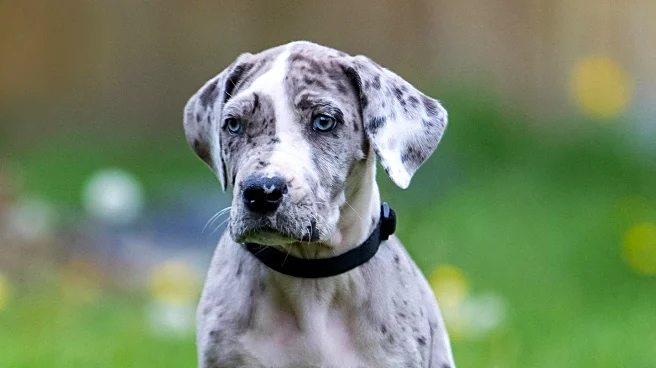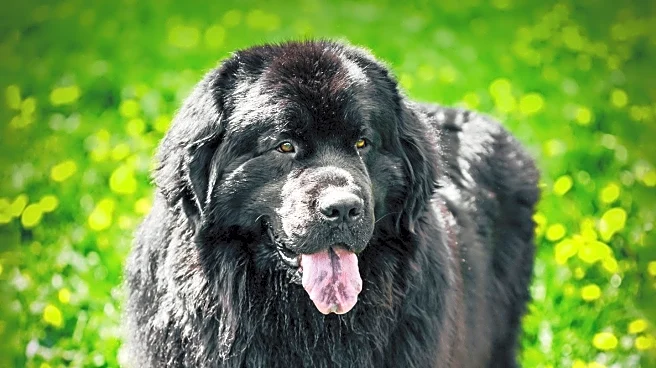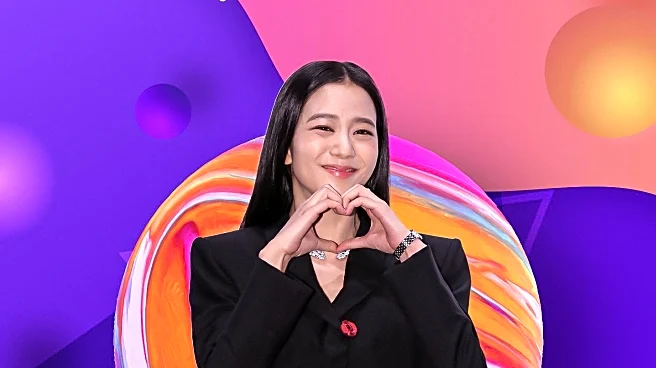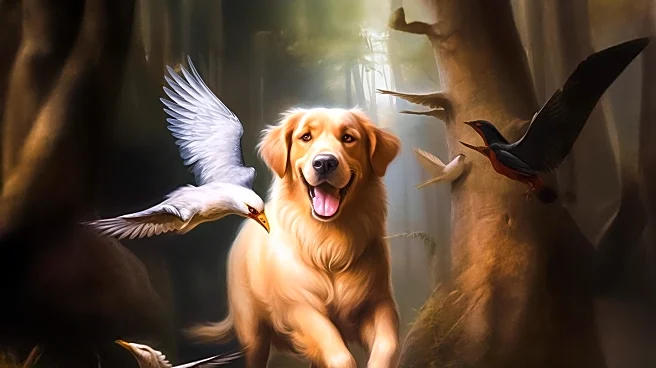What's Happening?
Brian Rowlan, a dog owner, has gained viral attention with a humorous video on TikTok where he jokingly lists reasons why cats are 'the worst' pets. The video, featuring Rowlan's dachshund Bonnie, humorously contrasts his claims about cats with Bonnie's affectionate antics. As Rowlan narrates his reasons, Bonnie climbs over him, burrowing into his clothing, which adds a comedic twist to his satirical commentary. The video has resonated with many pet owners, amassing nearly 900,000 likes and 5.7 million views. Viewers have shared their own experiences with pets, showcasing various animals displaying similar affectionate behavior.
Why It's Important?
The viral video highlights the enduring debate between cat and dog lovers, using humor to engage a wide audience. It underscores the power of social media in spreading light-hearted content that brings joy and fosters community among pet enthusiasts. The video's popularity demonstrates the universal appeal of pet-related content and its ability to connect people through shared experiences. This phenomenon also reflects the growing trend of using platforms like TikTok for entertainment and community building, particularly around common interests such as pet ownership.
What's Next?
As the video continues to gain traction, it may inspire more pet owners to share their own humorous and heartwarming pet stories online. This could lead to increased engagement on social media platforms, with users creating and sharing content that celebrates the quirks and joys of pet ownership. Additionally, brands and marketers might leverage this trend to connect with audiences through pet-related campaigns, tapping into the emotional bond between people and their pets.
Beyond the Headlines
The video's success also highlights the cultural significance of pets in people's lives, serving as companions that provide emotional support and joy. It reflects a broader societal trend where pets are increasingly seen as family members, influencing consumer behavior and lifestyle choices. This shift has implications for industries such as pet care, veterinary services, and pet-friendly products, which may see continued growth as pet ownership becomes more integral to daily life.

